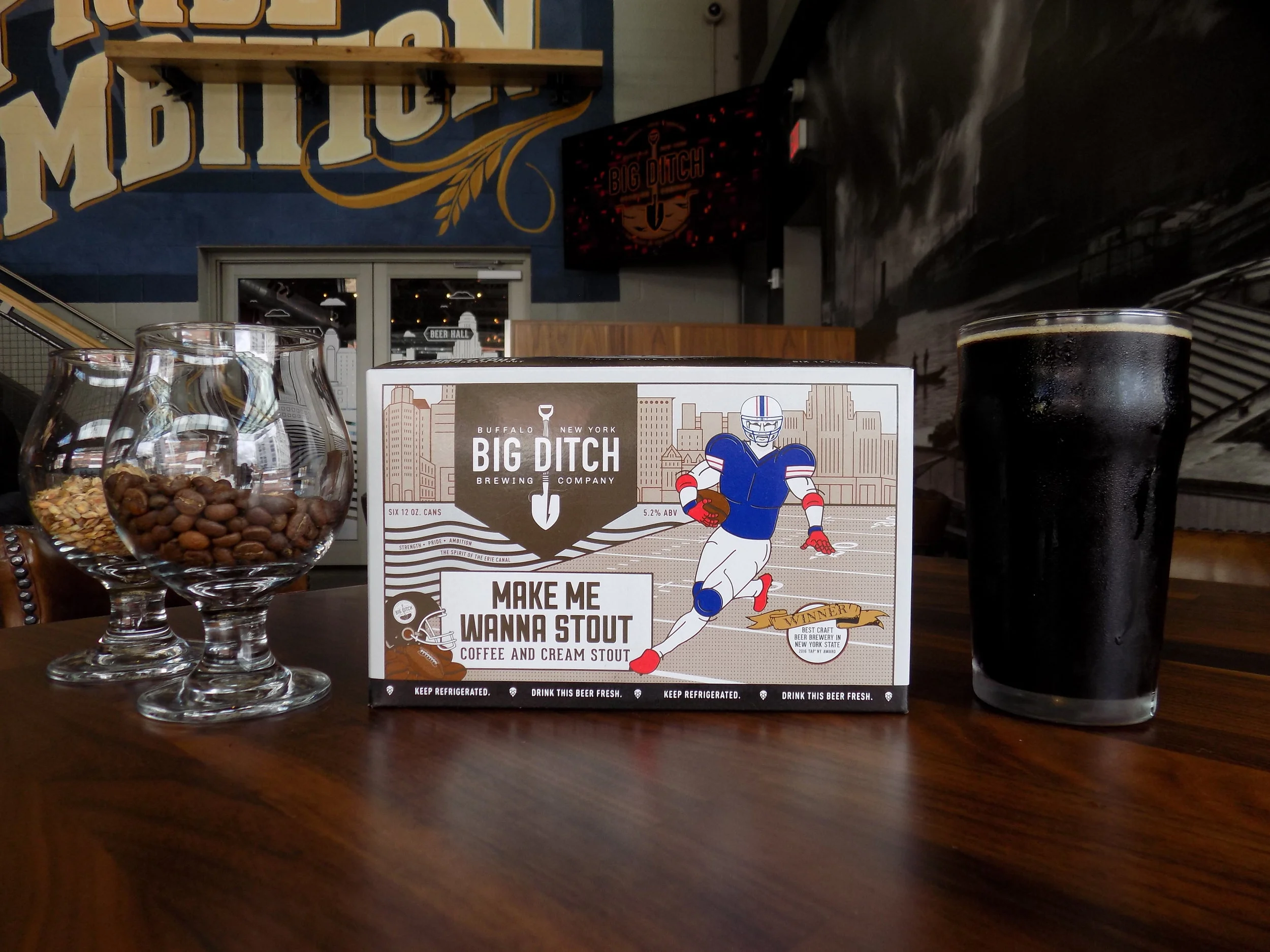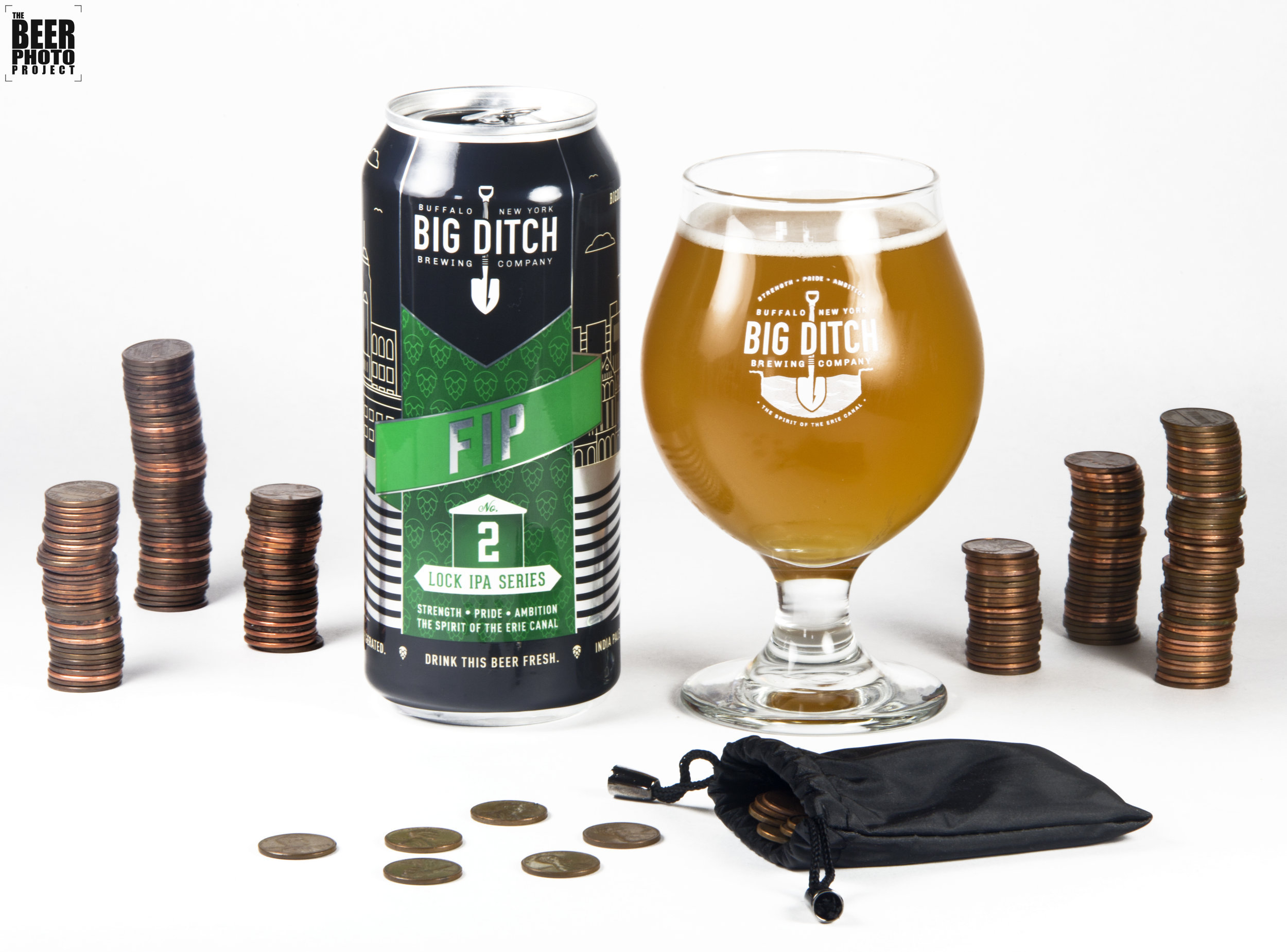As has become customary – here’s a look back at our 2018!
First thing we realized is that we haven’t written many blogs in 2018! It’s been another really busy year.
We did a lot of fun stuff besides brew and can Hayburner this year, which is mostly what we’ve done!
Fun new beers we put in cans this year included new Lock Series beers like 363, Dibble, and Canvass. We also released some fun variants of Hayburner in cans this year, notably Double-Dry Hopped Hayburner as well as Citraburner. Non-IPAs that saw their way into cans for the first time this year included Beautiful River, our spring seasonal saison, and Make Me Wanna Stout, our coffee and cream stout we brewed for pre-gaming with Public Espresso coffee.
This was the first year we released our Detour Series, which were fun variants of Bourbon-Barrel Aged Towpath, the beer we release annually the night before Thanksgiving. Pumpkin Pie, Raspberry Truffle, Vanilla Latte, Coconut Cream – which was your favorite flavor? We did some fun collaborations with local breweries this year – Power Ballad Double IPA with CBW, Aqua Buddha with Pressure Drop (cannot decide which of these beer names I like better), a Mister Goodbar 50th anniversary IPA with 42N and others, and a Buffalo Beer Week IPA with 12 Gates and others.
42N-Mister Goodbar collab
Fun pilots we brewed this year were our Berry Sour, Cotton Candy Milkshake IPA, and Passion Fruit Hayburner. You’ll see more beers like these in 2019. We also installed a crowler machine in 2018 so you can take some of these draft beers home with you in cans – don’t forget to use this new perk in 2019! All in all, we created 35 new beers in 2018 – a little more than one every two weeks, which is about our average. You can expect 25-35 new beers from us next year as well!
We were very proud to win four medals in this year’s New York State Craft Beer competition, tied for most in the state. An amazing accomplishment for us considering how much good beer is brewed in New York. And speaking of Brewed in New York, the public television show that highlighted us and other New York breweries premiered this year! Hoping they do another season of this show!
Awards won for Hayburner, Deep Cut, Cinnamon Apple Amber Ale, and Towpath!
We installed a ton of brewery equipment in 2018 to gain some brewing capacity to make more beer. We can’t do this again in 2019 – there’s no more room in our brewery – but we’re looking at adding in some fun toys like more lab equipment and better pilot batch fermenters.
Our tap room saw a menu change in early 2018 – expect something similar in 2019. We did a lot of the same events in 2018 as we did in previous years – Eric Wood’s Flights and Bites, Hunter’s Hope, several weddings, our anniversary party, Stoutsgiving, and don’t forget New Year’s Eve – for everyone with tickets, see you tonight!
Pre-wedding picture, the events staff looking great!
We continue to be very proud of our Big Difference volunteer team, we attended more events than ever this year, and more of our employees participated this year than ever before. These events continue to be rewarding and inspiring for us.
What’s to come in 2019? We’re expecting three more Lock IPAs and at least one more Hayburner variant, guess which one? Expect two new Detour series variants around Thanksgiving as well. As I said, we’ll have a menu change coming up shortly, expect to see some delicious new dishes and some old favorites back on the menu. We’d like to do more beer dinners this year – we used to do these regularly and they are such great times. Expect to see some more this year. Hopefully there will be some new hours in the day you can enjoy our tap room as well – that’s a very vague hint, but oh, how we like to tease.
For those of you wondering if we’re going to sell beer in your village/town/city/state, almost definitely not. We cannot grow any more this year. We hope to be able to eventually, and we hope to have more to say about that eventually as well.
Finally, what’s become my favorite part of writing this blog every year - a rundown of great beers we’ve had! Here are some beers our brewers loved: Eddy Fitz from the source at Great Lakes in Cleveland, Pineapple Tangerine Grapefruit Jelly King from Bellwoods. From NYS: All Green Everything from Other Half, Lickable Wallpaper from Fifth Frame (thanks for these, Will). 100 Ft North from Suarez was probably the best beer any of us had this year, but Soleil Farmhouse and Passionfruit Silhouette from Hudson Valley Brewery was close. And to our local brothers and sisters! The “Halt” Goses (both with and without fruit), Asylum Porter in cans, and Sojourn in bottles from 42N; Minkey Boodle, Trial by Wombat and Aura Saison from Thin Man; Galaxy DDH from Woodcock; Zombie Saison from NYBP; Smashtag from OFW, and Delicate Kettle Sour from Resurgence, amongst many others. We’ve said it before – there is as good beer made in Buffalo as anywhere in the country right now.
As always, thanks again for the support – 2018 was an amazing year and we continue to be humbled. We are lucky enough to have the coolest jobs in the world, and it’s all because of you. Have an equally awesome 2019, Western New York!
Brewers!
More brewers!






















